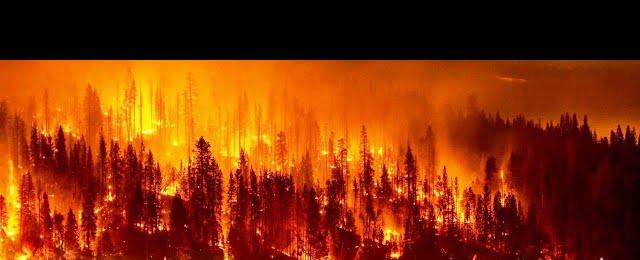Fiery Inferno: Over 100 wildfires burn Canada, massive evacuation underway

As summer approaches, wildfire season is in full swing and Canada is currently facing an extraordinary ordeal. Over 100 wildfires have ignited in the province of Manitoba alone, with dozens more burning across other provinces and territories, including British Columbia and Ontario. The fires, fueled by high winds and dry conditions, have led to a massive evacuation of thousands of residents who are now seeking safety in emergency shelters. Authorities have declared a state of emergency, urging people to flee their homes and take their pets, prescription medications, and other essential belongings with them.
The extent of the fires is dire, with some burning uncontrollably for days, affecting vast regions of forest and woodlands. Firefighters are working around the clock to help contain the blaze and prevent them from getting even worse. Despite this, many areas face continued risk from strong winds, with several new fires breaking out in the past few days alone.
These wildfires are not only a problem for the local residents, however. They also have a much broader impact on the environment, wildlife, and climate. As more trees burn, carbon dioxide is released into the atmosphere, further exacerbating climate change at a time when it is already a major concern. Even more worrying, the scale and frequency of wildfires in Canada and elsewhere appear to be on the rise, adding to global concerns about the impact of human activity on the planet.
It is important to keep up to date with developments as the wildfires continue to spread and affect communities across the country. While the situation may seem bleak, there are many ways to help, from donating to relief efforts to taking steps to reduce our carbon footprint and support more sustainable practices in our own lives. By working together, we can help limit the damage and protect our planet for future generations.
Quick Links

